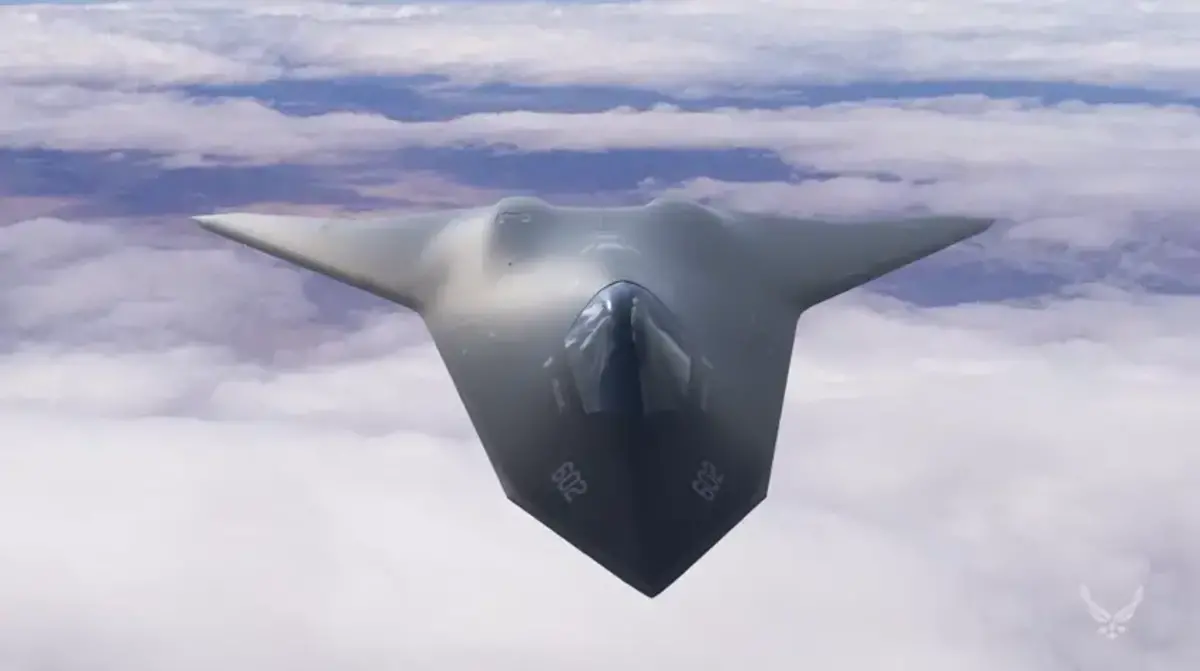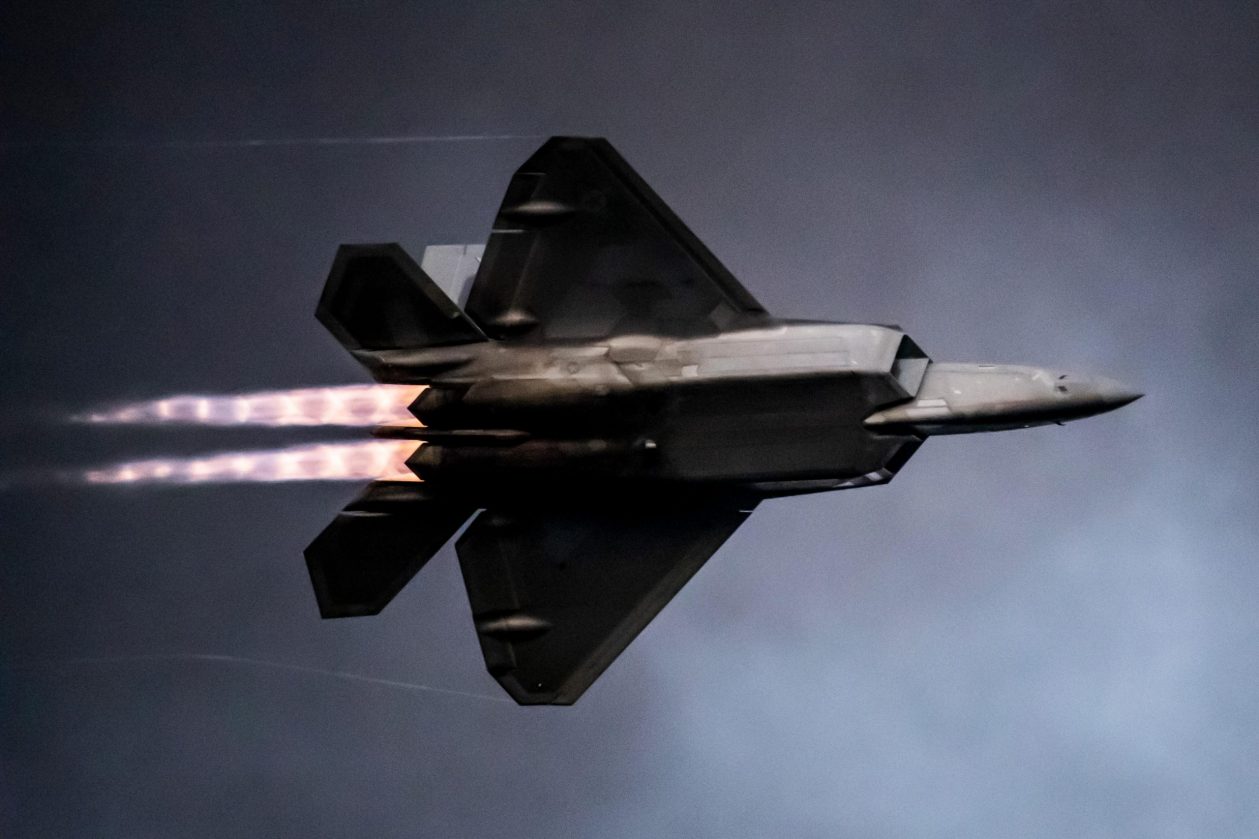The US Air Force plans to retire nearly three dozen F-22 Raptor stealth fighter jets in fiscal 2023, preferring to focus on its Next-Generation Air Dominance (NGAD) program, according to the recently proposed budget.
The service seeks to phase out a total of 33 of its oldest F-22s. These jets are apparently not combat-capable anymore and are used only for training purposes. The cost of getting these F-22s ready for combat, according to Maj. Gen. James Peccia, the Air Force’s Deputy Assistant Secretary for budget, will be $1.8 billion over eight years, which is astronomically high.
Thus, the USAF decided to divert those funds for research on cutting-edge combat jet designs as part of the NGAD program. Furthermore, the requested budget, which includes funding for NGAD, would rise by $9 billion. The F-22 Raptor fleet will be replaced by this sixth-generation fighter aircraft in the coming years.
The NGAD Program
The US Air Force disclosed in 2020 that it had designed, produced, and tested a top-secret fighter plane in just one year. The intriguing fighter is part of the Air Force’s NGAD program, which aims to eventually replace the F-22 Raptor.
Air Force Chief of Staff Gen. Charles Q. Brown Jr. had testified before the House Armed Services Committee in connection with the fiscal 2022 budget, saying that there could be two variants of NGAD, one with long-range missions for the Indo-Pacific and the other with shorter ranges between possible battle areas in Europe.

He made it abundantly clear that “air dominance” is a top priority, and told the House that he wants NGAD to be able to perform several roles.
He stressed that the aircraft’s primary mission will be air dominance, but that it will also be able to hit ground targets. Brown mentioned that the US Air Force intends to downsize its fighter jet force to only four types of aircraft: the F-35, F-15EX, F-16, and the NGAD.
Similarly, Will Roper, Former Assistant Secretary of the Air Force’s Acquisition, Technology and Logistics (SAF AQ), was previously quoted as saying, “We’ve already built and flown a full-scale flight demonstrator in the real world, and we broke records in doing it. We are ready to go and build the next-generation aircraft in a way that has never happened before.”
The detailed image of NGAD was seen for the first time on page 55 of the Air Force’s biennial acquisition report, which was released last year, under the heading “Next Generation Air Dominance.”
The aircraft shown is a big, diamond-shaped fighter jet with massive engine air intakes extending to the left and right of the cockpit, protected from radar from underneath. The plane has two engines, a bubble canopy cockpit, and two vertical stabilizers that can be folded flat into the wings when not in use.

The graphic also pointed to the possibility to reconfigure the aircraft’s weapon and propulsion components. The V1, V2, and V3 versions of air-to-air missiles, landing gear, and engines are depicted alongside the fighter.
Modern combat aircraft are constantly receiving new weaponry, but retrofitting an existing aircraft with new engines is typically thought to be prohibitively difficult.
The prototype of the secret stealth fighter jet was apparently built using digital engineering technologies to drastically reduce the time it takes to develop a new aircraft. Virtual modeling and simulation tools are used in digital engineering. Digital engineering may play a role in NGAD’s capacity to quickly absorb new, complicated enhancements.
System Of Systems
The sixth-generation fighter jet will be part of an integrated NGAD “system of systems”. It means this will include unmanned drones, manned jets, and a new generation of networking technologies.
Air Force Secretary Frank Kendall recently explained, “NGAD must be more than just the next crewed fighter jet. It’s a program that will include a crewed platform teamed with much less expensive autonomous un-crewed combat aircraft, employing a distributed, tailorable mix of sensors, weapons, and other mission equipment operating as a team or formation.”

Advanced AI-enabled computer algorithms have already been demonstrated by the Air Force to be capable of handling information in milliseconds, drawing conclusions, and fighting splendidly in dogfights.
Human faculties, on the other hand, are especially suitable for more subjective variables like emotion, intuition, and evaluating several aspects in connection to one another.
In short, the NGAD platform will be capable of having a fighter jet with increased speed, maneuverability, stealth technology, and AI-enabled data processing.
Moreover, the Air Force has already achieved significant headway in its endeavors to deploy a “loyal wingman” drone alongside a manned fighter jet. This could potentially enable NGAD to operate a drone by its side and will complement the F-35 fleet in near future.
- Contact the author at ashishmichel@gmail.com
- Follow EurAsian Times on Google News




